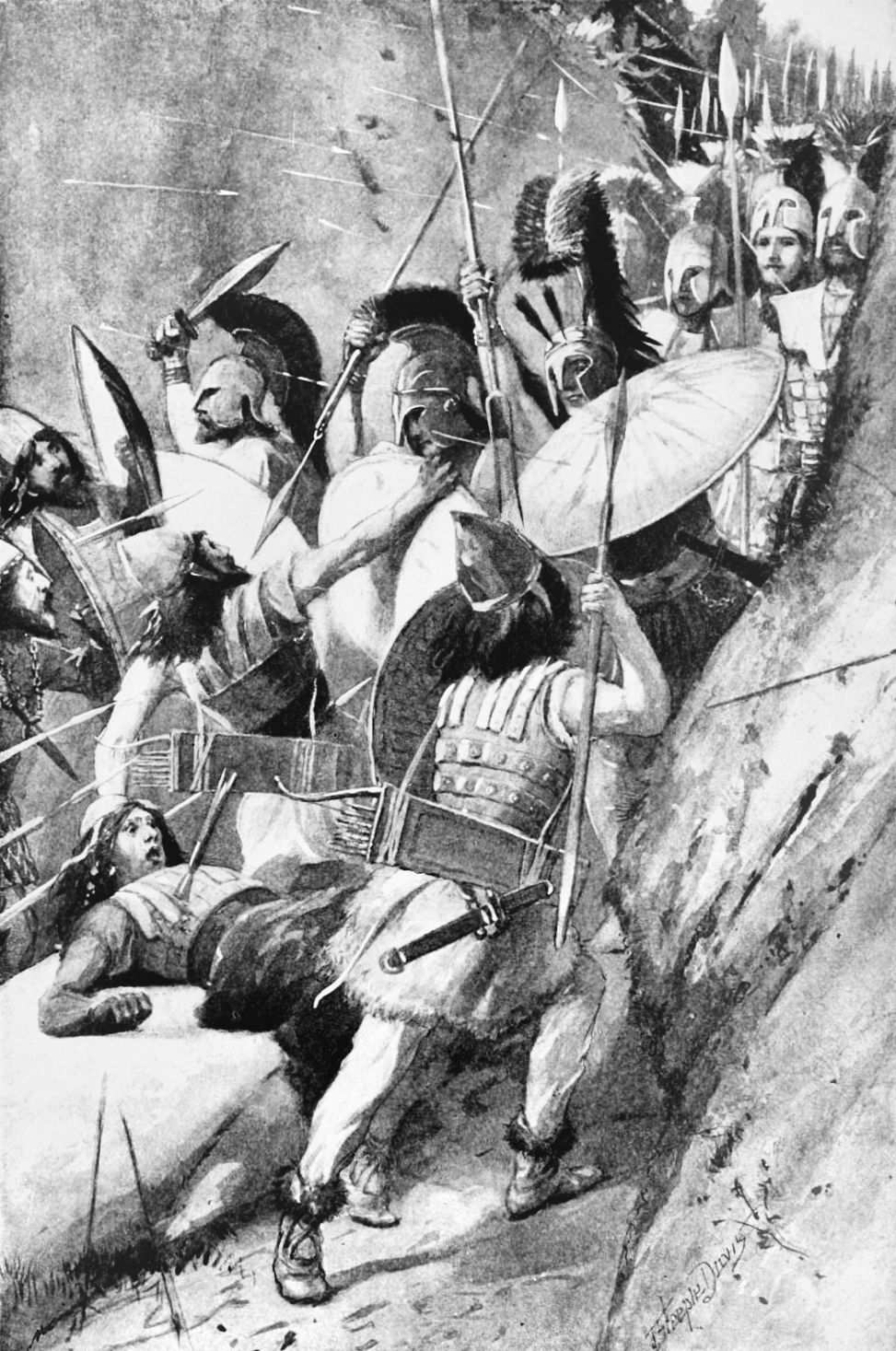Battle of Thermopylae - An Inspiration for The Movie 300: Rise of an Empire

One of the first movies I watched in 3D was 300: Rise of an Empire. I was surprised to recently find out that the movie was referring to one of the most famous battles of ancient Europe: the Battle of Thermopylae.
The Battle of Thermopylae was a famous military engagement that took place in 480 BCE between the Persian Empire, led by King Xerxes I, and an alliance of Greek city-states, led by King Leonidas of Sparta. The battle was fought at the narrow pass of Thermopylae, which was strategically important because it provided a natural chokepoint through which an invading army had to pass in order to reach the southern regions of Greece.
The Persian army, which numbered in the hundreds of thousands, was able to overcome the Greek force of approximately 7,000 soldiers after three days of intense fighting. However, the Greeks managed to inflict significant casualties on the Persians and delay their advance, buying time for the city-states to prepare for the next phase of the war. Some references depict this Persian victory as a Pyrrhic victory because of Spartans inflicted a devastating toll to the Persians.
The battle has become a symbol of courage and sacrifice in the face of overwhelming odds, with the 300 Spartan soldiers who fought to the death against the Persian army remaining a powerful example of the values of the ancient Greek world. The battle was also the subject of the graphic novel and subsequent film "300," which depicted the battle as a heroic last stand against a powerful enemy. A review of the story and the movie captures well some of the most heroic sayings that came to reflect the Spartan bravery and valor. For example, when the Persian King asked the Greeks to surrender their arms, Leonidas responded: ‘Come and take them’. It is also reported that when one Spartan complained that the Persians were throwing a lot of arrows that it was almost blocking the sun, Leonidas is said to have responded: ‘Then we will fight in the shade’.
A well-known epigram, usually attributed to Simonides, was engraved as an epitaph on a commemorative stone placed on top of the burial mound of the Spartans at Thermopylae. It reads:
O stranger, tell the Lacedaemonians that
we lie here, obedient to their words.
Fun fact: Spartans were popular for their brevity and verbal austerity, also known as laconism (in reference to a region of Laconia in Ancient Greece). A good lesson for effective brevity in communication.
Bonus: A video of talking about the battle.
